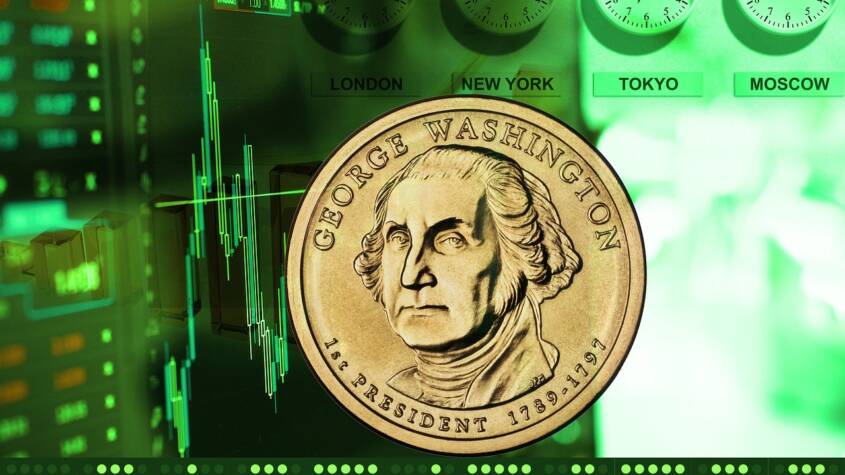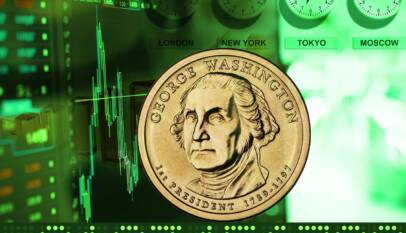Investing in Copper: A Strategic Guide to Market Opportunities and Risks
Investing in copper offers a way to tap into a resource critical to modern infrastructure and technology. Its demand is driven by industries such as construction, electronics, and renewable energy, making copper a valuable commodity for long-term investment. Copper’s widespread industrial use and supply constraints create potential opportunities for investors seeking diversification in their portfolios.
The metal’s price can be sensitive to global economic shifts, which adds an element of risk but also potential reward. Investors often consider copper as a hedge against inflation and a barometer for economic growth due to its broad applications.
Understanding the factors influencing copper prices, including geopolitical events and mining developments, is essential before making investment decisions. This knowledge helps investors navigate the market effectively and position themselves for possible gains.
Understanding Copper as an Investment
Copper’s value as an investment stems from its crucial role in various industries and its sensitivity to economic shifts. Several market forces and industrial demands influence its price and availability.
Key Market Drivers
Copper prices are primarily driven by supply and demand imbalances. Economic growth in major markets like China significantly impacts demand since they consume large quantities of copper for manufacturing and infrastructure.
Supply factors include mining output disruptions, labor strikes, and geopolitical tensions in key copper-producing countries such as Chile and Peru. Stock levels in warehouses monitored by exchanges like the LME also signal market tightness or surplus.
Investment flows and speculative trading further influence short-term price shifts. Additionally, shifts toward green technologies and electric vehicles (EVs) raise demand projections, attracting investor interest.
Major Uses of Copper
Copper is essential due to its electrical conductivity and durability. It is heavily used in electrical wiring, building construction, and plumbing. Copper’s role in renewable energy systems such as solar panels and wind turbines has expanded.
The growing electric vehicle market is another strong driver. EVs require significantly more copper than traditional vehicles for batteries, wiring, and motors. This demand shift supports long-term consumption increases.
Industrial machinery, telecommunications, and consumer electronics also rely on copper for components, creating steady baseline demand globally. Its wide applications make copper a versatile and important industrial metal.
Factors Affecting Copper Prices
Copper prices fluctuate based on industrial activity levels and global economic health. During economic booms, demand surges, pushing prices higher. Conversely, recessions decrease consumption, applying downward pressure.
Currency strength, particularly the US dollar, plays a role since copper is priced in dollars. A stronger dollar can make copper more expensive for holders of other currencies, reducing demand.
Environmental regulations and mining costs also impact supply, influencing prices. Technological advances in extraction and recycling can modify supply dynamics. Seasonal variations and trade policies further contribute to price volatility.
Strategies for Investing in Copper
Investors have several methods to gain exposure to copper, each with distinct risk profiles, liquidity, and cost structures. Physical ownership, equities, pooled investment products, and derivative contracts provide varying degrees of directness and complexity.
Physical Copper Investments
Physical copper involves buying and storing metal in the form of cathodes, ingots, or wire. This method ensures direct ownership but requires secure storage and insurance, which increases costs.
Prices for physical copper align closely with spot market rates. However, investors must consider liquidity challenges since selling physical copper can take longer and involve higher transaction fees compared to financial instruments.
Physical copper suits investors seeking tangible assets without intermediaries. They should verify purity standards and storage options to protect their investment.
Copper Mining Stocks
Investing in mining companies provides indirect copper exposure. These stocks fluctuate based on copper prices and company-specific factors like production costs, reserves, and geopolitical risks.
Some large producers include Freeport-McMoRan, Southern Copper, and BHP. These companies offer dividends and potential stock appreciation, but stock prices can diverge from copper price movements due to operational risks.
Mining stocks also expose investors to broader equity market volatility. Portfolio diversification with mining shares can mitigate risk but requires careful analysis of individual company fundamentals.
Copper ETFs and Mutual Funds
Copper ETFs and mutual funds offer diversified exposure without owning the metal or stocks directly. They often track copper prices or invest in copper-related equities.
Popular ETFs like the Global X Copper Miners ETF (COPX) or iPath Series B Bloomberg Copper Subindex Total Return ETN (JJC) provide liquidity and lower entry costs than physical copper. Mutual funds may invest in a range of metals and mining firms, offering broader commodity exposure.
These vehicles are suitable for investors seeking liquidity, ease of trading, and portfolio diversification. Fees vary and can affect returns, so they should be examined carefully before investing.
Copper Futures and Options
Futures contracts allow investors to buy or sell copper at a preset price on a future date, offering leverage and precise price exposure. Options provide rights without obligations, enabling hedging and speculative strategies.
These instruments require advanced market knowledge and risk tolerance due to price volatility and potential margin calls. Futures are widely traded on the COMEX exchange with contracts standardized in 25,000 pounds of copper.
They suit professional traders or experienced investors looking for short-term opportunities or hedging against copper price fluctuations. Retail investors should approach futures and options cautiously due to complexity and risk.
Kongo Tech Leading Innovation in African Technology Solutions
Kongo Tech specializes in developing innovative digital solutions tailored to African mark…








